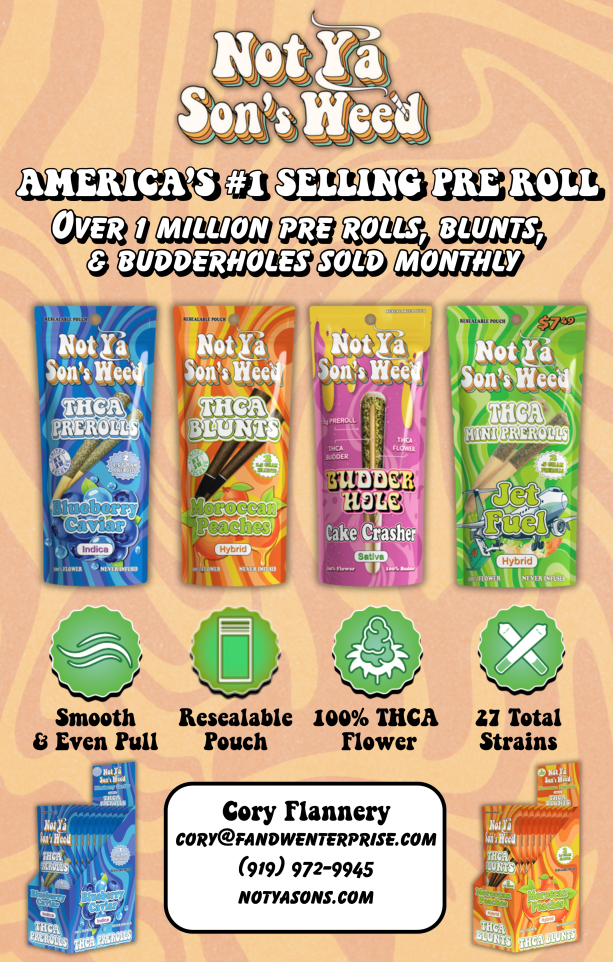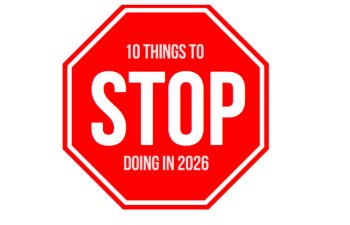All You Need to Know About RSO
In 2003, a man named Rick Simpson was diagnosed with skin cancer (basal cell carcinoma). Rick had self-medicated with cannabis in the past and saw promising medicinal value and thus he wanted to investigate if cannabis had the potential to treat his cancer. He used alcohol to extract the main components out of cannabis such as THC, CBD, terpenes, etc., and repeatedly applied this oil topically to his skin cancer. After a few days, the cancer was noticeably shrinking; ultimately, the cancer ended up completely disappearing without any surgical procedures. Although he named it “Phoenix Tears,” the extract came to be known as “Rick Simpson oil.” Today, countless numbers of cancer patients find themselves questioning if Rick Simpson oil (or RSO) could potentially treat their cancer as well.
Cannabis has been a Schedule 1 drug for the last 54 years. Even though cannabis and its various extracts are used by tens of millions of people worldwide to treat medical ailments, the US government still classifies cannabis the same way they do heroin. Being a Schedule 1 drug means that cannabis is recognized as having a high potential for abuse with no medicinal value. This status unfortunately prevents the incredibly necessary research into the medical value of cannabis.
Many cannabis enthusiasts theorize that the drug companies work to actively suppress cannabis research and recognition because it is harder for them to patent, monopolize, and make tremendous profits off a plant that is already accessible nationwide.
Will RSO fight Tumors?
One thing that is certain is that RSO and cannabis extracts have the potential for help alleviate many common effects of cancer and minimize the side effects of chemotherapy. According to the American Cancer Society “delta-9-tetrahydrocannabinol (THC) seems to cause the “high” reported by marijuana users, and also can help relieve pain and nausea, reduce inflammation, and can act as an antioxidant.” This raises the point that cannabis can help alleviate a lot of the pain and inflammation in the body. According to the National Institute of Health “chronic inflammation plays a pivotal role in tumor development, as well as progression, metastasis, and resistance to chemotherapy.” If tumor metastasis is an inflammatory process, and cannabis has anti-inflammatory properties, it is fair to theorize that cannabis has the potential to reduce the size of tumors, or alternatively slow down or halt tumor growth.
There are thousands of cases of cancer patients reducing or minimizing tumors with RSO—and that is uplifting and inspiring anecdotal evidence. However, it’s not a guaranteed cure. There are cases that I have personally seen firsthand where the RSO could not save the patient’s life. One example would be the case of my 21-year-old friend who had stage 4 glioblastoma. But even in this particular patient’s case, cannabis was able to extend her life expectancy, as well as improve her quality of life, especially 6 years after her initial diagnosis when the cancer became advanced. One thing that I always advise cancer patients is that cancer is an extremely aggressive disease, and you have to be aggressive in your approach toward fighting it. This means not only doing chemotherapy if recommended by a doctor, but also trying all natural approaches that cannot hurt, and only have the potential to help.
How to make RSO
The first step to making RSO is sourcing clean, indoor or outdoor cannabis. Indica strains are preferred. You need between 3-6oz of cannabis flower to yield 2oz of RSO, which is the recommended dose for cancer patients to consume over a 90-day period. Caution: this process is highly volatile and could result in fire or worse unless you are using a closed-loop system that does not allow any alcohol to escape. If you do not have a closed loop system, it is best to let the alcohol purge slowly outside or in a room with a lot of airflow to the outdoors, with no source of combustion, spark or flame. Never purge the RSO over a gas stove.
- Put the cannabis flower in a large wide-mouth mason jar or multiple wide-mouth mason jars, about 75-80% filled with plant material.
- You will need to purchase 190 proof grain alcohol. If you live in a state where this is not available, you can order it online from culinarysolvent.com.
- Put both the cannabis and the alcohol in the freezer, but do not combine yet.
- After at least one hour in the freezer, fill the jar with alcohol to fully submerge the plant material and then some, making sure you can see a couple of inches of alcohol sitting on top of the plant matter.
- Seal the jar and shake it well. Place the jars in the freezer and try to shake at least once an hour every couple of hours.
- After 24 hours of soaking, your RSO is ready.
- Order sprouting lids online and attach them to your mason jar in place of the traditional lid. You can alternatively use cheesecloth as a filter. Pour the alcohol into a large bowl or measuring cup.
- Purge the alcohol using heat, very slowly increasing the heat until all of the alcohol evaporates.
- Store in an airtight jar in a cool, dark place.
RSO and CBD
There is no guarantee that RSO will cure or treat tumors, but there is strong anecdotal evidence and preliminary research to suggest that it can help. To reiterate: I always tell cancer patients that tumors are aggressive, and it is important to be aggressive in your approach toward fighting them through all natural avenues. RSO can be especially intimidating for people who are not regular cannabis users, due to the psychoactive effects which escalate as the recommended dose escalates. It is recommended to consume 1:1 doses of CBD oil alongside the RSO because CBD counteracts the psychoactive effects of THC, making the effects of the THC more balanced and reducing the overall psychoactive properties. CBD is also believed to boost the effectiveness of the THC and RSO through a concept known as the entourage effect, which postulates that the presence of multiple cannabinoids like THC, CBD, CBC, CBG etc. and terpenes boosts the effectiveness of one another.
Rick Simpson Oil (RSO) Treatment Guide
This experimental treatment method is utilized by cancer patients, with most completing the regimen in 90 days.
- Begin with 3 doses daily, each approximately half the size of a short grain of rice.
- Starting in week 2, double your intake every 4 days.
- By week 5, you should be able to consume 1 gram per Continue this dosage daily until your 60-gram supply is depleted.
- Consume 60 grams of cannabis oil within 90 days.
IMPORTANT:
The information provided in this article is for educational and informational purposes only. It is important to understand and follow all local, state, and federal laws regarding cannabis use and production. The legality of cannabis and cannabis products varies greatly depending on your location, and it is your responsibility to ensure compliance with all applicable laws.
We do not provide medical advice, diagnosis, or treatment. The content presented here is not intended to be a substitute for professional medical advice, diagnosis, or treatment. Always seek the advice of your physician or other qualified health provider with any questions you may have regarding a medical condition or the use of cannabis or cannabis products. Never disregard professional medical advice or delay in seeking it because of something you have read in this article.
Any application of the material provided is at the reader’s discretion and is his or her sole responsibility. The author and publisher assume no responsibility or liability for any actions taken or not taken based on the content of this article.




















